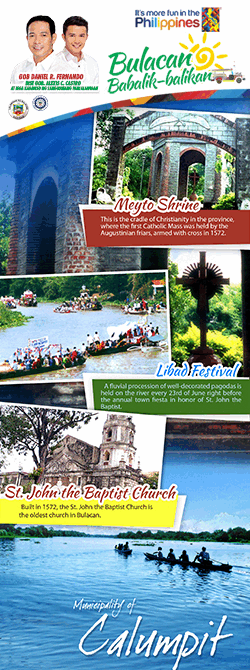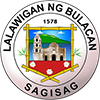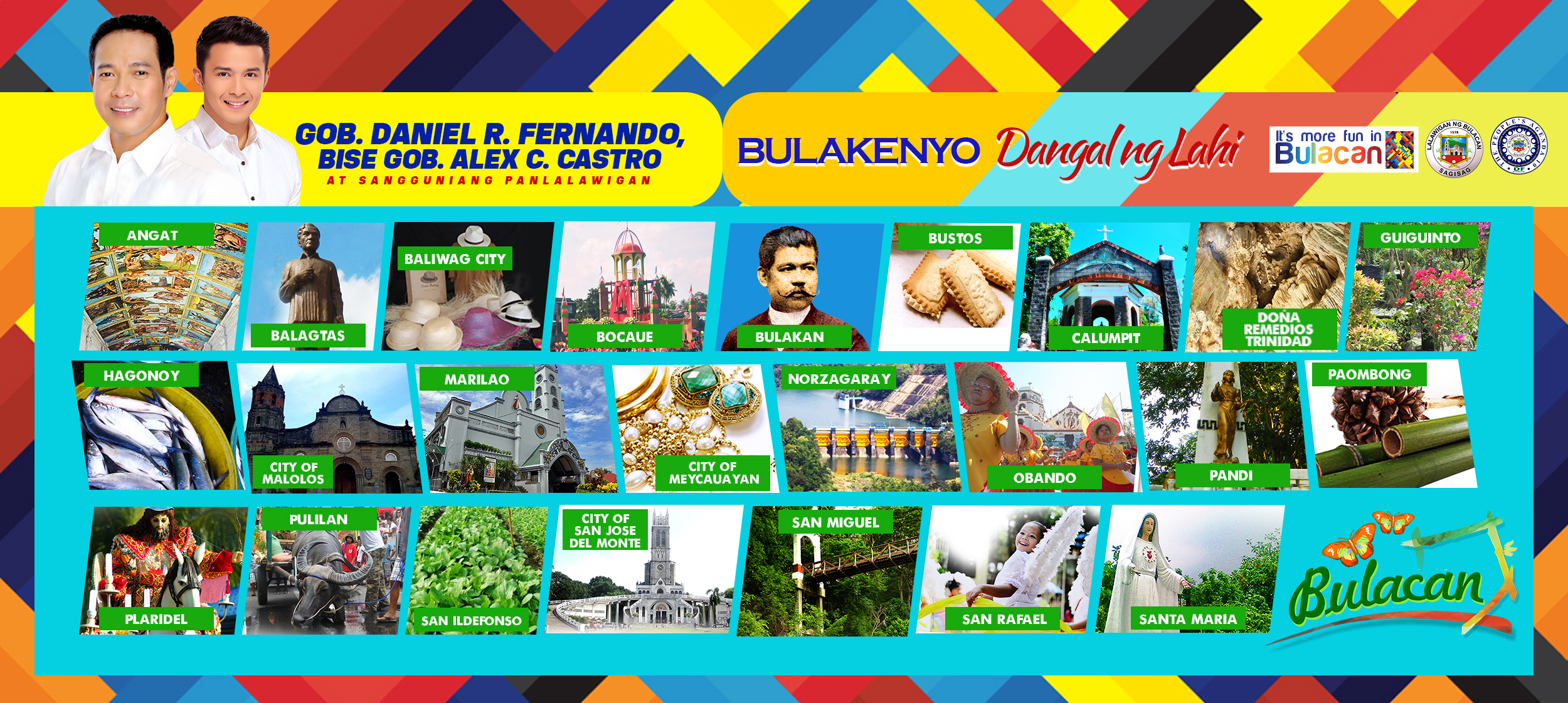
| Calumpit was already an established "barangay" even before the coming of the Spaniards. It was under the leadership of Gat-Maitim. Agriculture was the main source of livelihood of the people and even today it is part of the town's lifeblood. Calumpit at that time was the center of trade and barter among its neighboring barangays. The Pampanga and the Quingua rivers served as the arteries through which the goods coming in and out of Calumpit passed. This was a factor why Calumpit became a progressive place during that period. The said rivers at present, still serve as arteries for trade and commerce in Calumpit.
Calumpit was derived from the name of the hardwood trees called Calumpit, found abundantly growing in front of the Calumpit Catholic Church. The hardwood was widely used and from then on it was adopted as the town's official name. The defeat of Rajah Soliman at the battle of Bangkusay Channel paved the way for the Spaniards to establish their government in Manila. News reached the Spanish authority that there was a progressive community located several miles north of Manila. Through the order of Fray Martin de Rada, he sent a group of Augustinian missionaries headed by Father Diego Vivar Ordones to look for the said place. In 1572, they first set foot at that place. Armed with a cross, they Christianized the place and established the church and government simultaneously that same year. It was only in 1575 however; the King of Spain officially recognized That Calumpit. It was the first established town in the province of Bulacan and the fourth in the island. The Augustinian friars were the first Christian pastors of Calumpit and acted in some capacity as government officials. This continued for almost a century. In 1672, the first civil government was established with Marcos de Arce as the first Alcalde Mayor of Calumpit. Like any other inhabitants of the province, the Calumpit people are religious, hospitable and industrious. Dwelling places thrive along the riverbanks. Its neighboring places are Apalit and Candaba towns in Pampanga and Hagonoy, Pulilan and Malolos in Bulacan. |
Fast Facts
Physical and Socio-Political
Land Area 5,625 has.
No. of Barangays 29
Population (2015) 108,757
Commerce and Industry
Major Industries:
Farming, Manufacturing, Fishing
Major Products:
Rice, Handicrafts, Pottery
Political Subdivision
Calumpit is politically subdivided into the following 29 barangays:
1. Balite
2. Balungao
3. Buguion
4. Bulusan
5. Calizon
6. Calumpang
7. Caniogan
8. Corazon
9. Frances
10. Gatbuca
11. Gugo
12. Iba Este
13. Iba O’ Este
14. Longos
15. Meysulao
16. Meyto
17. Palimbang
18. Panducot
19. Pio Cruzcosa
20. Poblacion
21. Pungo
22. San Jose
23. San Marcos
24. San Miguel
25. Santa Lucia
26. Santo Niño
27. Sapang Bayan
28. Sergio Bayan
29. Sucol
Contact Information
Municipal Officials:
Mayor Glorime “Lem” M. Faustino
Vice Mayor Zacarias “Zar” C. Candelaria
Mailing Address:
Arch. John Christian U. Lagunzad (OIC)
Municipal Planning and Development Office
Municipal Government of Calumpit, Bulacan
Calumpit, Bulacan 3003 Philippines
Contact Nos:
Tel. No.: +63(44) 913-1119 (MPDC)
|
MUNICIPAL OFFICIALS Term: 2022-2025 Term: 2019-2022 Term: 2016-2019 Term: 2013-2016 Term: 2010-2013 |




